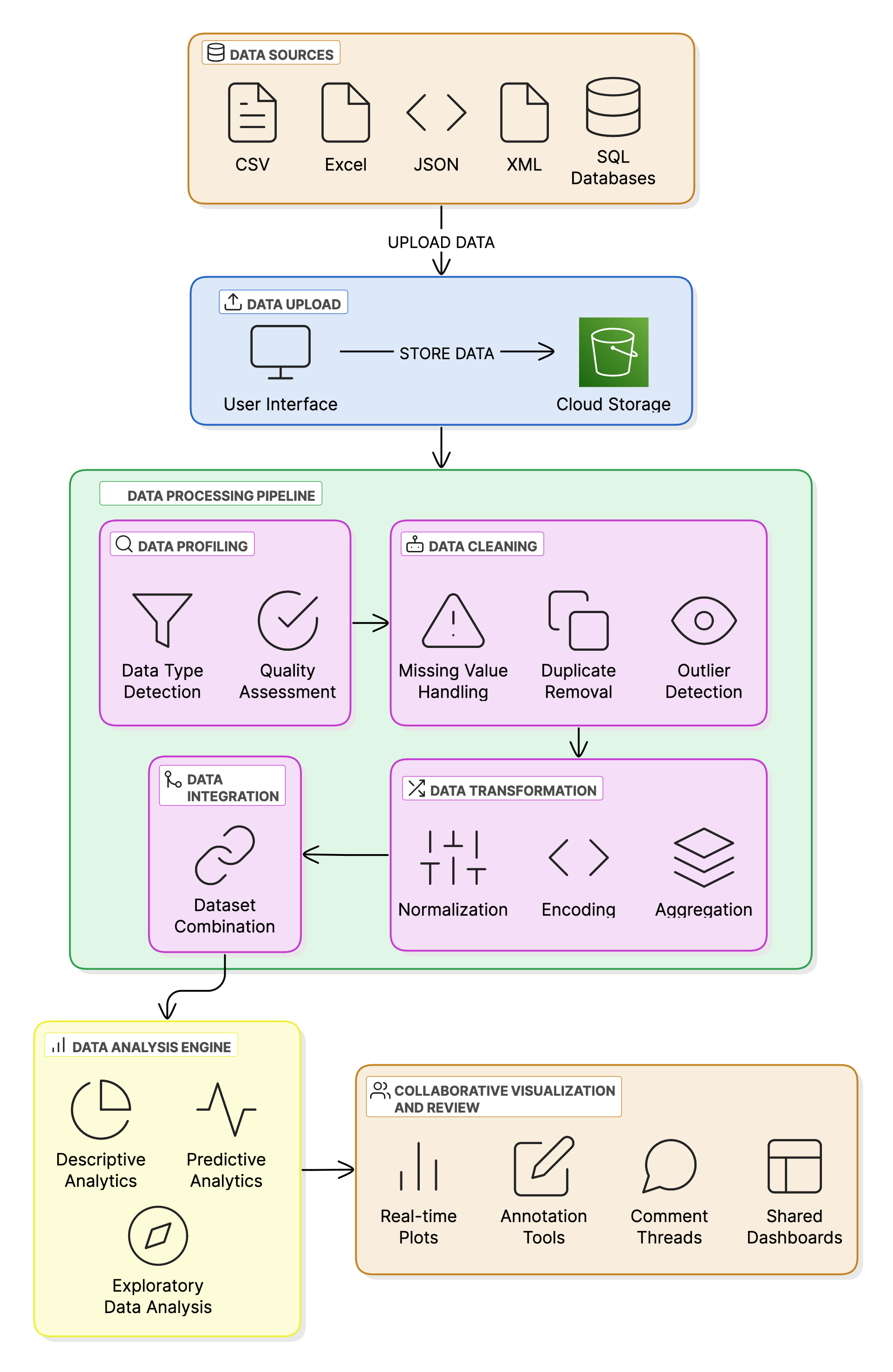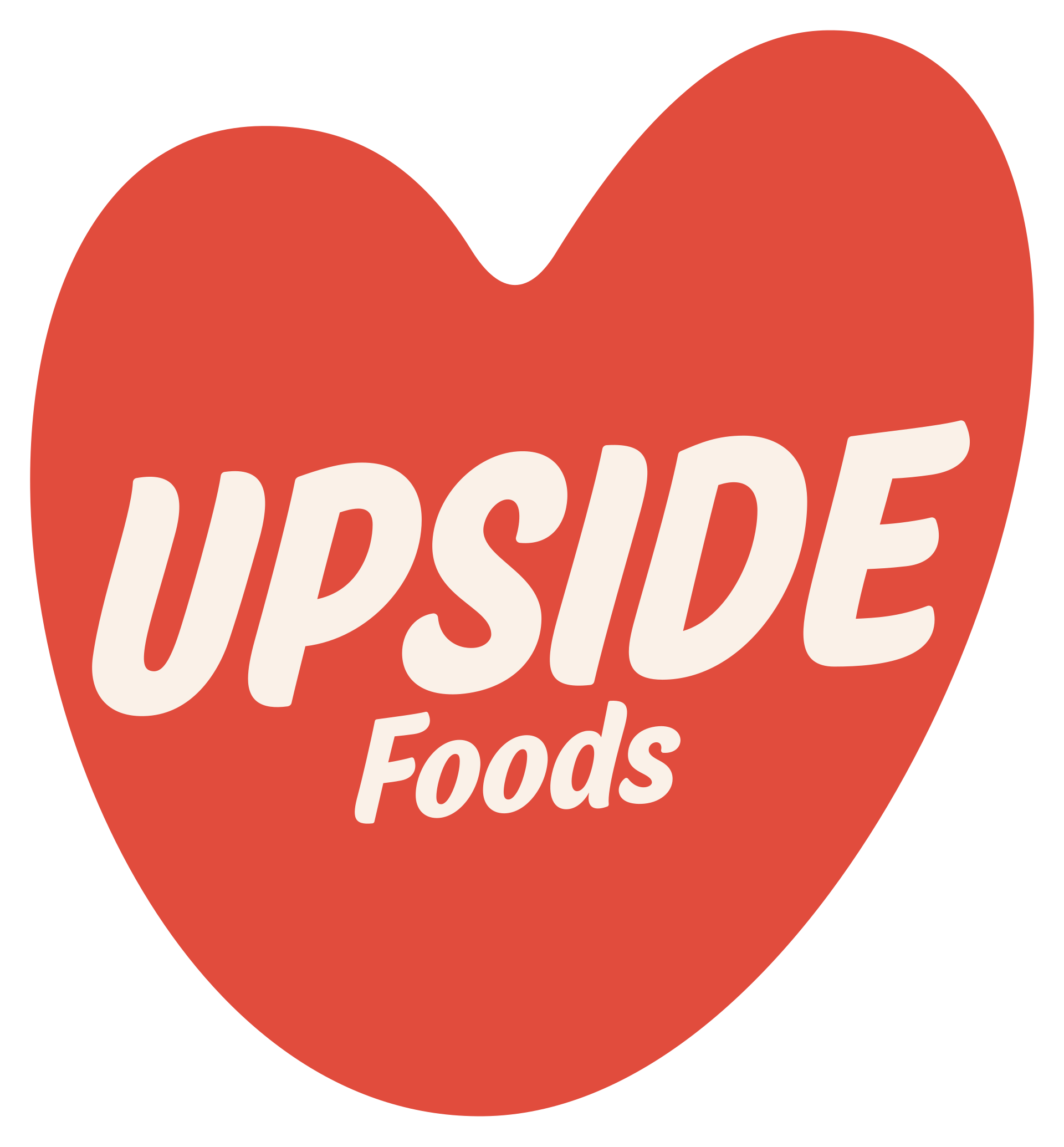Program Management in a Fast Moving World
To Build, Grow, Manage, & Maintain — and Repeat Everything Again.
I Enjoy Managing Things
I specialize in managing complex technical projects, delivering strategic initiatives from concept to completion. At Upside Foods, I built the pioneering Flavoromics Platform, effectively leading multidisciplinary teams, vendors, and stakeholders. By integrating strategic planning with precise stakeholder alignment, I ensured each milestone contributed meaningfully to our long-term objectives.
Throughout my career, efficiency and strategic budget management have been fundamental principles guiding my work. At Louis Dreyfus Company, I led the technology transfer of pilot plant protein purification processes, not only completing the project six months ahead of schedule but also saving approximately $400k in budgeted costs. I consistently seek out opportunities to streamline operations, reduce costs, and maximize resource utilization, enabling my teams to push boundaries in innovation while maintaining fiscal responsibility.
Key Achievements
- Authored 4 patent applications in lab-grown meat flavor and protein industries.
- Developed Upside Foods’ first Flavoromics Program from Scratch.
- Spearheaded Yellow Pea Protein purification tech transfer at Louis Dreyfus Company — Completed 6 months early, saving $500k through efficient resource management.
The Future Plan
Moving forward, my ambition is to lead larger, more sophisticated teams, aligning closely with organizational goals. I'm committed to fostering innovation, driving efficiency, and delivering impactful results that advance company interests. I'm motivated by the opportunity to tackle sophisticated technical challenges, enhance cross-functional collaboration, and cultivate environments where innovation thrives.
Flavoromics = You Taste Something New, Can You Find Out What It Is?
The Art of Flavor Science through Chemical Compositions and Human Perceptions Analysis
Flavor is a Fusion of Taste and Smell
Ever tasted something unique and wondered what exactly makes it special? At Upside Foods, my work involves capturing those intriguing flavors and identifying their hidden chemical signatures. Using a sophisticated machine called GC-MS-O, which takes both technical skill and intuition to operate, I collect detailed aroma profiles containing over 10,000 data points per sample. After capturing this rich dataset, I use advanced algorithms and statistical modeling to pinpoint exactly which chemicals create the flavors you experience. It's flavor science made practical and exciting. Check out the diagram below to see how it works!
What I Do with Flavoromics
I ran the full stack of flavor discovery from hypothesis to headspace. My work spanned experimental design, instrumental analysis, and building the computational architecture to connect chemical fingerprints with sensory realities. Think of me as both the architect and detective of Cultivated Meat flavors, where I design systems that decode flavor complexity and chasing down the molecular culprits behind what we taste.
I developed robust methodologies, wrangled high-dimensional datasets, and deployed advanced statistical and chemometric tools to uncover signal in the sensory noise. Beyond the lab, I had built and led a high-performing research team: recruiting, mentoring, and scaling our capacity to deliver insights not just for R&D, but across regulatory, marketing, and product innovation functions.
How I Turn a Taste Profile into Chemical Insights

What is Flavoromics?
Flavoromics is the science of decoding flavor, where it is part chemistry, part statistics, and a dash of culinary sleuthing. It’s where analytical chemistry meets the sensory world, turning flavor into data and back again.
But flavor doesn’t play fair. It’s a complex symphony of volatile compounds, matrix effects, and human perception quirks. One molecule rarely tells the whole story. So, we don’t stop at raw data — we clean it, tame it, and run it through statistical models and machine learning pipelines until the signal emerges. These are our “flavor algorithms,” and they help us piece together why a strawberry tastes like a strawberry… or why a plant-based burger sometimes smells like gym socks.
Reflecting Back on This Experience
Looking back, Flavoromics pushed me to master the dual role of technical deep diver and strategic operator. Some days I was buried in mass spectra, chasing elusive esters through complex matrices. Other days I was coordinating cross-functional priorities, allocating analytical horsepower where it mattered most.
This experience sharpened my edge — as a scientist, yes, but also as a systems thinker and leader. It taught me how to translate complexity into clarity, how to build teams that can scale that clarity, and how to keep one foot in the chemistry and the other in the big-picture business of flavor.
Engineer and Scale Anything with Process Engineering
A How-to Economically Process and Scale Legumes to Purified Proteins
Advancing Protein Purification Technologies for a Sustainable Plant-Based Future
At Louis Dreyfus Company (LDC), I led the technology transfer and scale-up of protein purification processes for yellow pea and cottonseed — two emerging sources of plant-based proteins. My work focused on maximizing yield, functionality, and cost-efficiency through process intensification and platform optimization. I leaned heavily on the pH–isoelectric precipitation (pH–IEP) method — a clever trick where proteins are first coaxed into solution at high pH, while starches, sugars, and fats stay stubbornly solid. Then, by dropping the pH to just the right spot (the protein’s isoelectric point), the proteins quietly come out of solution, ready for harvest. To refine things even further, I brought in size exclusion and ion exchange chromatography, plus a bit of air classification magic — all tailored to boost purity and dial in functional properties for downstream food and feed applications.
What I Do with Process Engineering
I design and optimize end-to-end bioprocesses that convert raw biological inputs into functional, commercially viable ingredients. My approach integrates molecular behavior with process design—selecting input parameters, defining critical control points, and engineering unit operations for yield, consistency, and performance. From pH–IEP tuning to optimize protein recovery to manipulating spray drying profiles for target functionality, each system is modeled, stress-tested, and aligned to product specs.
I specialize in building scalable, data-rich platforms with real-time analytics, in-line monitoring, and feedback control systems that ensure reproducibility from lab to manufacturing. I collaborate across R&D, operations, and commercial teams to translate process design into operational impact, ensuring each system not only meets technical benchmarks but drives measurable value across the product lifecycle.
How I've Purified Plant Materials to Proteins

From Seed to Protein Isolate: Engineering a Purification Process
Transforming yellow peas into >90% purity protein isolates isn’t a simple matter of “just extract it.” It’s a multi-variable engineering challenge, where everything — and I mean everything — starts with the seed. Cultivar selection and milling specs? Not side notes. They dictate solubility, extraction yield, and whether the downstream unit operations are going to hum or hiccup.
Once we’ve got the right flour, we roll into core extraction — usually pH–isoelectric precipitation (pH–IEP) — where proteins are coaxed into solution at alkaline pH, then gently persuaded to crash out at their isoelectric point. Parameters like pH, temperature, residence time, and flour-to-liquid ratio are control knobs on a process dialed for both molecular precision and commercial practicality.
Want higher purity? Bring in the big guns — ion exchange, membrane filtration, maybe even air classification if you’re feeling fancy. But don’t forget the trade-offs: increased cost, complexity, and potential downstream headaches. And speaking of downstream: concentration, washing, drying (usually spray drying) — this is where the process earns its margin or loses it. Final tweaks here can make or break functionality, shelf stability, and sensory performance.
Reflecting Back on This Experience
This project didn’t just make me a better scientist — it rewired me to think like a process engineer with a business agenda. Every choice, from pH shift dynamics to spray dryer config, came with implications for cost of goods, throughput, and commercial viability. I started asking different questions: Will this scale? Can it flex across product lines? How does this impact unit economics in a CPG environment vs. animal feed?
I built a sharp intuition for navigating technical trade-offs — how purity, functionality, and processing costs pull in different directions, and how to triangulate a path that serves both the product and the business model. This wasn’t about academic optimization — it was about finding the sweet spot between molecular performance and operational reality.
More importantly, it fueled my drive to build IP-generating, future-facing processes — solutions that serve not just today's markets, but tomorrow’s global protein challenges.




